For some reason, in my mind, I had always assumed Rome to be like those ancient capitals such as Xi’An, Kyoto, or somewhere in the temperate climate. It never crossed my mind that Rome is actually subtropical, with palm trees and all kinds of cactus, like in Florida or California. Well, if we look at the sculptures and paintings, people didn’t need layers, that does make sense.
It was also funny to find out from a waiter that there is no such word of Alfredo in Rome or Italy (although cream source may mean a somewhat similar thing) like there are no fortune cookies in China (it exists in the U.S. but had never been a tradition in China).
People may have all kinds of opinions about Rome, but once in Rome, we’re instantly convinced that, yes, Rome is Rome, it absolutely deserves its entitlement to charm you and live off its past glory. It does take a lot of efforts to preserve and renew the splendor of everything we can enjoy today, and the contemporary Romans take on their duties to be the guardians without complaints and with pride. We had a guide while touring the Colosseum and Palatine Hills, and he was born in Rome and traveled around the world. He carried a big backpack with books and leaflets so that he could demonstrate to us how things would be. The word “professional” was not enough to describe him. He did what he did with such passion and pride, as only a true Roman would do, that’s what made us enjoy the tour more than usual. Comparing Rome with Berlin, for example, there is nearly nothing ancient left in Berlin, as it was all destroyed in the wars, as a sad reminder of how much suffering that people, as a collective species, had self-inflicted and endured in the past. Rome has also gone through wars, earthquakes, and disasters, and it is a grace that we could still see so many beautiful things there today.
I took a trip to Rome since my family would be there over the weekend (they would enter Bulgaria a bit later after their travels in nearby countries), and it’ll be nice to know more about how the external forces, the Roman (Byzantine, to be exact) and Ottoman empires, influenced Bulgaria for centuries. Rome and Istanbul are the places I wanted to go, and I am glad that we worked them into our schedules.
Rome is lively with the water flowing through it and jumping around it. Each fountain we went to appeared even more elegant than the last. The fountain uses tap water and the tap water is drinkable from all kinds of dispensers. Although we’d still need to buy water for convenience, it is helpful to be able to refill the bottles at times.
Despite all the disruptions due to COVID, traveling during the COVID era offers one advantage, that is to see fewer crowds and shorter queues for tickets. Vatican Museum offers both online tickets and in-person real-time tickets, and we went there and got our tickets without much delay. The Colosseum, however, only offers tickets online or in their app, and there is no ticket at the ticket window for the day. We didn’t arrange it in advance and all the tickets we wanted were sold out until a month later, so we had to join a tour, but we were glad that at least the tours were an option for the day. For the Borghese Gallery and Museum, the tickets were sold out until a week later, and there were no one selling group tours there, so we had to pass it. Still, the Villa Borghese garden was nice to walk in.
The name of Colosseum was given to it at a much later time because of its size. Its original name was Flavian Amphitheater, named after the emperor, Flavian. It was a stadium for watching the fighting between humans and animals, or between humans. Contrary to common beliefs due to the movie, the gladiators included men, women, and dwarfs, and they fought in their categories. Some heavier men were required to wear heavier gears to slow them down while fighting someone who were relatively light-weighted. Some gladiators were voluntary as the slaves could choose to be the gladiators, and once they won, they could be freed. Supposedly the fighting ended at the first wound, instead of when someone died, and then the spectators could decide if the loser would live or die by shouting their choices. Still, many wounds would be fatal and many people died in this process, and it was cruel according to current standard, but at those days, it was accepted. The underground cells would hold the gladiators and animals, while the humans could take the elevator to get to the fighting floor, while the big animals could walk up the slope to reach the fighting floor. They would build a fake forest on the arena floor for the tigers to prey in a more natural environment, although only for entertainment purpose and cruel according to current standard, their ability to build an ecosystem on top of a man-made structure was amazing.
This was seen at the Palatine Hill, too. When we reached a high point to see the churches and the Roman Forums, etc., there were big trees grown out of the dusty ground and one wouldn’t suspect that we were not on a hill. However, if we walked over to the other side, we could clearly see that we were on a bridge, per se, with all the brick and stone structures beneath that floor. Building a patch of land with grass and trees in or on a structure is really nothing new to Romans. The contemporary trend to grow trees on building floors to make the buildings greener is along the same train of thought. The old roads were made with big boulders, as thick as shown in a photo below. It is mind-blowing how these irregular boulders could fit to create a flat top surface. When people tried to extract some stones to fix the sewage system below them, they couldn’t put the stones back the way they were and the road would become bumpy.
The Vatican Museum is gorgeous at every corner. Every single piece there would have been an attraction by itself if placed elsewhere, and yet we were literally only browsing through them. I can’t help remembering the Biltmore Estate in Asheville, North Carolina. It was inspired by many European architectures, as its owner, George Vanderbilt, visited Europe many times with his designer to collect ideas. Well, as glamorous as the Biltmore House could get, it was built by a single rich family and it wouldn’t compare to a palace, such as the Dolmabahçe Palace in Istanbul, which was built with the wealth of a country. Well, I think that even a palace wouldn’t compare to the Vatican Museum, which was/is supported by so many people around the whole world. The Vatican Museum offered a very comprehensive collection to illustrate the history of the Afro-Eurasia continent. The U.S. had a very close tie to this lineage. There are also so many breathtaking artifacts with unbeatable craftsmanship. For example, on the wall above the door at the end of a hallway, we would assume that there is a marble sculpture relief like anywhere else. However, it is a pure 2D painting on a flat sheet, but not 3D. When we got to that door and looked up, we could see that the top portion of the wall was flat indeed. The painter had so much knowledge on how the shading of a sculpture would be and duplicated that effect on a 2D sheet perfectly. The Vatican Museum had so much to offer, and the photos below were only a tiny tiny portion of it. The Sistine Chapel, with its frescoes on the ceiling painted by Michelangelo, was included on the museum visiting route but is still functional at some important days. It didn’t allow photos inside. People got to visit the Vatican Museum themselves to appreciate it fully. As immaculate as the Vatican appeared to visitors, it required a great deal of efforts to maintain it, as anyone with a yard would attest to. When we happened to see the less traveled side of the Vatican City, we saw weeds on the wall there. It actually helped us to see Vatican City in a more normal light. We also saw a tennis court and a playground inside the Vatican City, and we were curious who would get to use them.
St Peter’s Basilica is at the southeast corner and a part of the Vatican City and is open to the public. We walked by it several times and went inside it in the morning on Aug 15, Sun, which happened to be both the Assumption of Mary (when Mary entered heaven at the end of her life) and the Ferragosto holiday (introduced by the emperor Augustus in 18 BCE as a holiday). We sat through the special mass in that morning. Two women sitting behind us kept on reciting some prayers started with “Santa Maria”, which were the only phrase we could figure out. The mass was done in Italian and we couldn’t understand, but it was nice to just sit through it. It appears to me that to be a priest in Italy, one needs to be a good singer first.
There are also so many other churches in Rome, each with its own glamour. It’s heard that even if people go to a different church every day, they still can not exhaust all the churches in Rome in a year. We could perhaps say the same about the mosques in Istanbul. All the churches and mosques in both cities are so welcoming to visitors with an open arm, no matter their faith or belief, which is highly appreciated. Romans were good at using concretes at the old time already, and they discovered arches to be stronger than the many columns that the Greeks loved to use. Michelangelo had left many stunning sculptures and paintings in many chapels and churches throughout the city.
Inside the Cappella Sistina di Santa Maria Maggiore, we noticed a poster describing the event when the brothers Cyril and Methodius were honored at the very church on the Christmas Day of year 867. In 862 Cyril developed and introduced the first Slavic alphabet, called Glagolitic alphabet, which was much more complex than the current-day Cyrillic alphabet. The Glagolitic alphabet was popularized by Cyril’s older brother, Methodius, and their five students. Cyril and Methodius’ students, notably the Clement of Ohrid, came to Bulgaria and developed a simplified new alphabet based on Greek letters, and called it Cyrillic after their teacher – Cyril, that’s how the current Cyrillic alphabet came into being. Bulgarian and several other Slavic languages are using the Cyrillic alphabet. Although the Cyrillic alphabet was not invented by Cyril or Methodius, their contribution to the later invention of Cyrillic alphabet was instrumental, and their mission work was critical. The Bulgarian people regarded them very highly. The Cyril and Methodius brothers were canonized as Saints in later years and honored by many countries widely.
The one place where a big dome was used was at the Pantheon, while other places tended to use various parts of a sphere together with other flat surface designs.
The Castel Sant’Angelo in Rome looked like a boat from afar across the bridge. It became more and more like a fortress in its later years, and it must have seen the many challenging years that Rome endured.
The Vittoriano, or Altare della Patria, meaning the Altar of the Fatherland, is a relatively newer monument facing the Piazza Venezia. We could see the Colosseum after we climbed up to its balcony. I especially like the fact that there are many sculptures of women in Rome.
There are many other segments of ruins spread around the city. I wish that we had more knowledge of their histories.
The “Spanish steps” is a nickname as the piazza below it means Spanish Square, as the Spanish Embassy was nearby, but the stairs were privately funded by a French diplomat in the 17th century. At the top of the steps, there was the church of the Santissima Trinità dei Monti, and we could see the St. Peter’s Basilica from there. Perhaps due to COVID, we heard the policeman often whistle at people who would sit down on the steps to keep people moving instead of sitting down there. In the old days before COVID, the steps were nearly full of people sitting down on them.
Rome is very walkable, and there are many other cute sightings along the way. Google maps sometimes would take us on some small roads that are not often traveled, but it’s worth it to see the common people’s lives up close. When we need to take some public transportation, though, we can buy the tickets from any Tabacchi (convenient stores that also sell snacks, souvenirs, postcards, etc.) or any metro station’s ticket vending machine. It’s heard that we could also get the tickets from an Edicola (a newspaper stand), or on a bus. Well, when we took a bus, the lady staff with the printing device told us that she didn’t sell tickets but would only issue fines, so it’s still better to buy the tickets in advance, which can be used later, and passing the ticket through the device on a bus activates it for 100 min that allows transfers. I also liked the “tap to pay” option on the turnstiles at the metro stations (not available on buses, though), so that we could pay the fare by a credit card with the tap functionality, when we might not have Euros on hand. It was so hot at times, and even the asphalt would melt right under my feet to leave my shoes’ prints on it. It seemed a long time ago when Italy and Rome were so rattled by the pandemic and had to be put under a much stricter lock-down several months ago, and finally it is more revived now. The pandemic is not over yet, but we hope that things would be mostly in control from now on and people would mostly get their lives back.
There are many birds in the city, mostly pigeons and seagulls, and they love to stay at the very top of the structures or bath or drink in the fountains.
Only in Rome did we know that the lasagnas don’t have to be thick while being full of layers and flavors, and the pastas can taste so fresh and distinctively different when seasoned by different ingredients. The pizzas from the fast-food kind of stores are often sold by weight (you can ask them to cut the pizza sheet for however much you like) but not by the number of slices and there are so many kinds to choose from. The red currant looks very pretty, but it is not suitable as a fruit. It is in the gooseberries family and good for other recipes. There are many other ethnic restaurants, such as kebab, in Rome, too.
Then, gelato (the Italian style ice cream)! There are so many flavors to choose from, and the fruity ones are full of the bits of that particular fruit. The ones below are in the flavors of passion fruit, raspberry, blackberry, and coconut. They all taste great and the only pity is that we didn’t find time to eat more.
There are many olive trees lining the streets of Rome. Some olive trees on the Palatine Hill are even hundreds of years old and still bearing fruits. They don’t grow to be too big, but they emit that quiet persistent energy. There are also many tall pine trees like canopies, as the lower branches tend to fall off when the upper level blocks the sunlight to prevent the lower level from growing. Then of course, there are palm trees and cactus, and many flowers.
The guards and policemen or policewomen are doing their jobs to ensure public safety, in style.
During our short stay in Rome, the Italian language sounded mild like a soothing melody, perhaps because we didn’t really get to hear any heated discussions or fans’ shouting yet. When we took a rest on a bench in the Villa Borghese, we saw a family of three generations: the grandpa and the parents were taking turns to teach a young boy to ride a bike without any training wheels and would hold the boy’s bike if it started to lean. The boy was excited when he could move forward smoothly without leaning left or right. The grandpa seemed to say “forte, forte!”, and the parents seemed to say “bravo, bravo!”. Those sounds were the only ones I could figure out, or perhaps they were saying something else altogether. Regardless, these words were so encouraging to my ears.
While we were traveling, we were fully aware of the many challenges that the world was facing with infections, lock-downs, wild fires, floods, chaos, and many more, including the recent flooding damage in the Canton area back in western North Carolina. We could only do a little and yet however little it was, we’ve got to do it. The peace that Rome offered appeared even more precious during this trying time and I’d love to remember the sound of “forte!” and “bravo!”, no matter what that family actually said or meant, to feel the strength to move ahead.


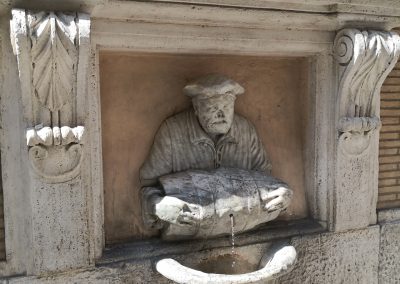
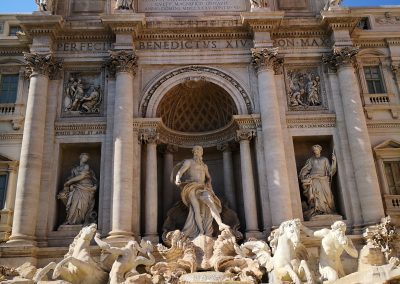
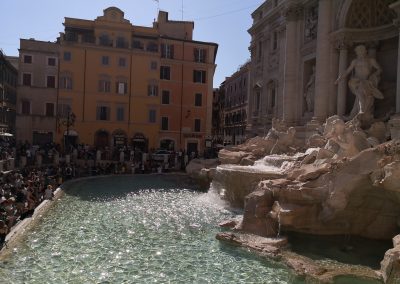

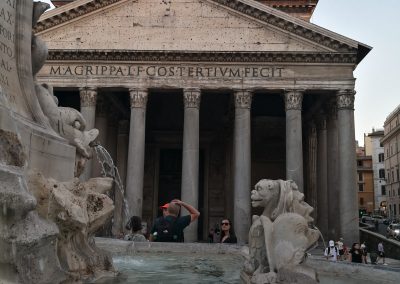
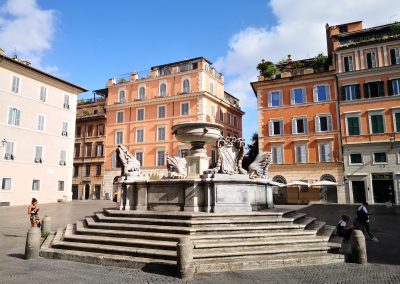



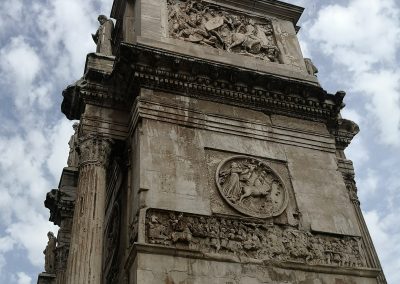

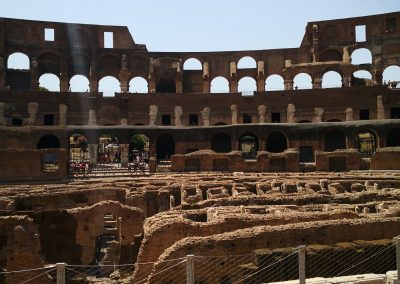
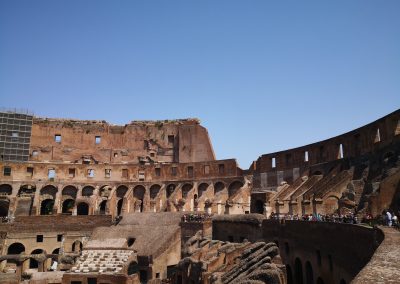
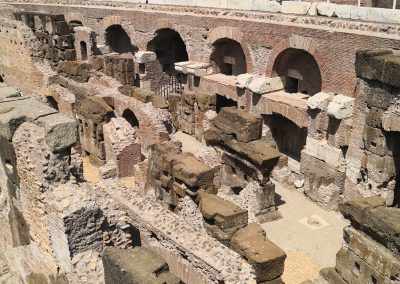

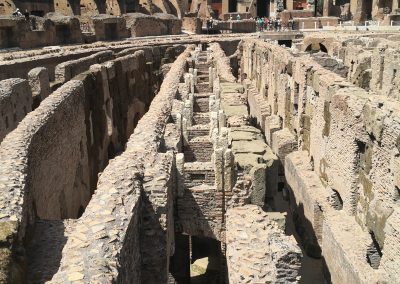

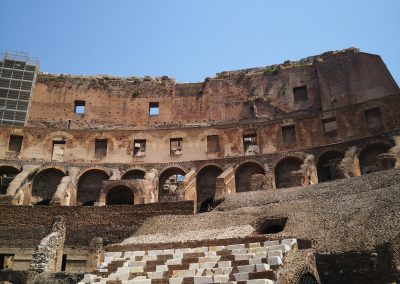


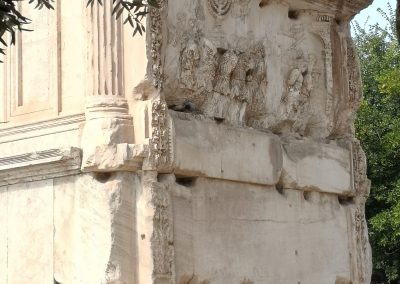
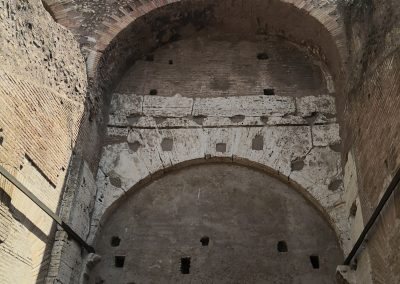
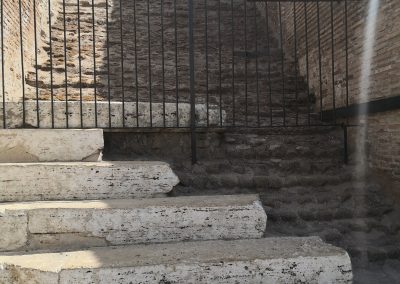

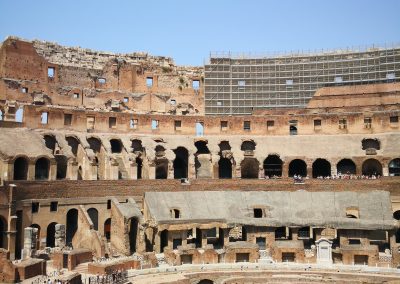


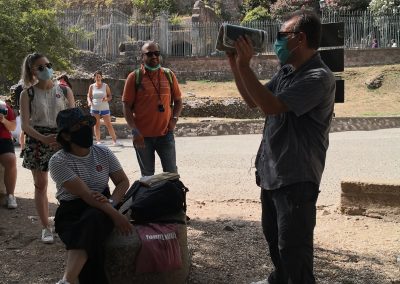
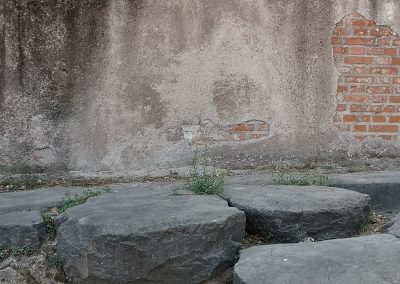
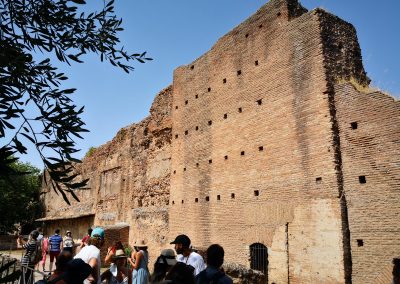
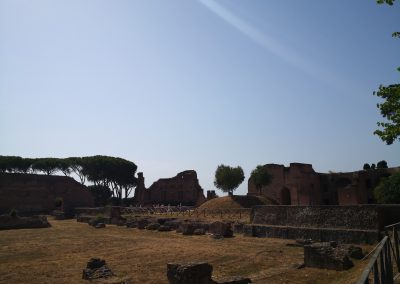
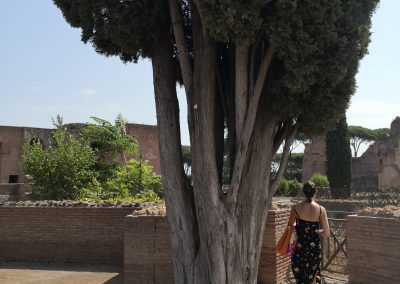
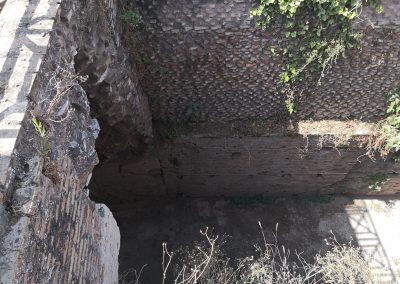
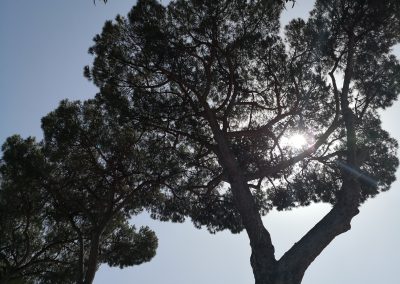

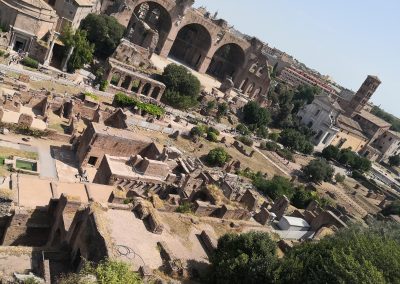
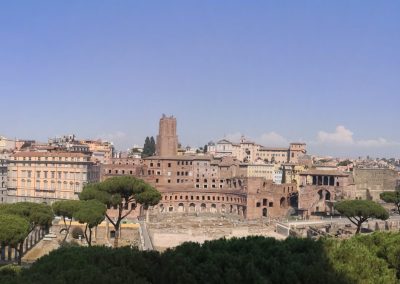

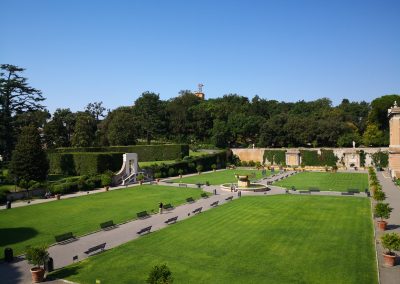

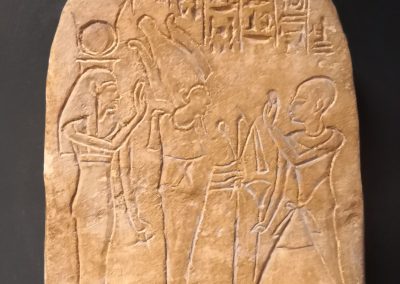
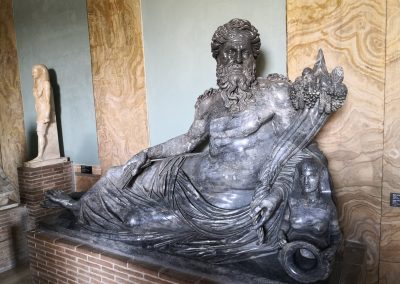
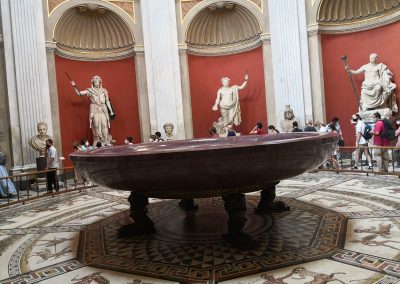

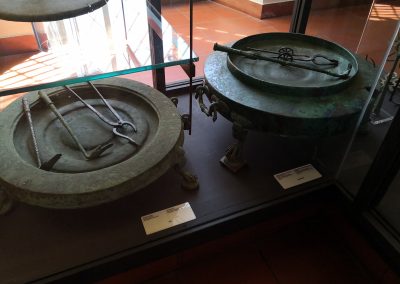

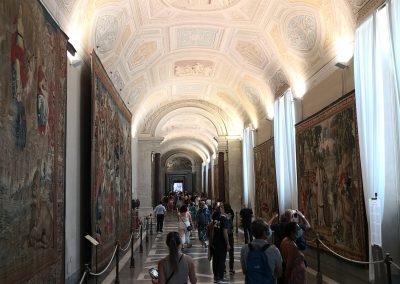
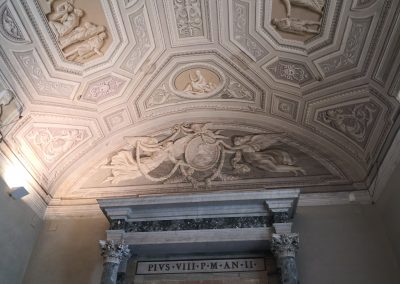
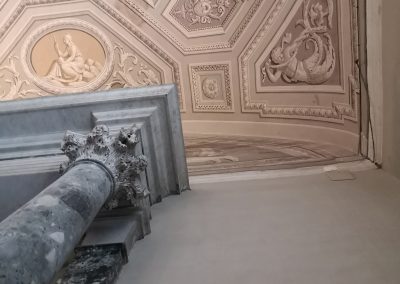

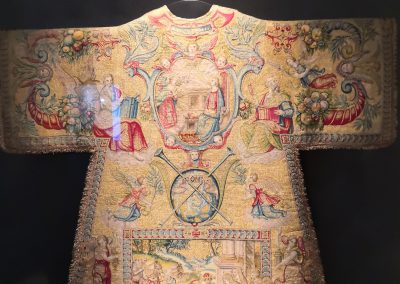



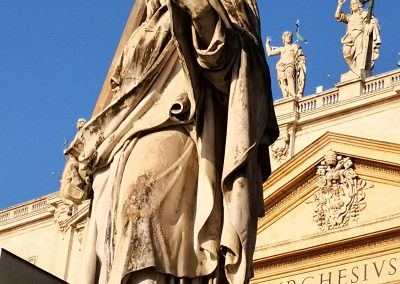
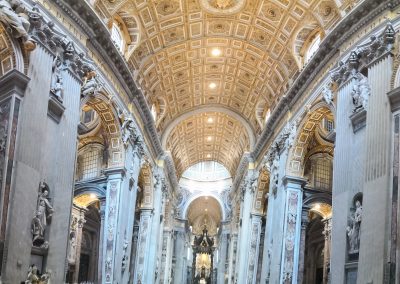
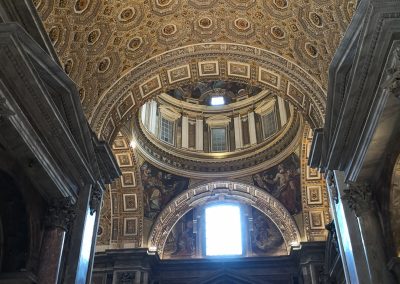

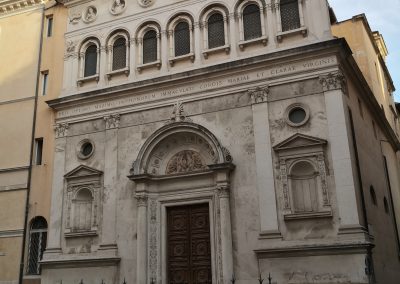
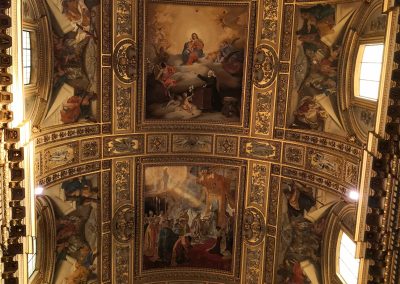
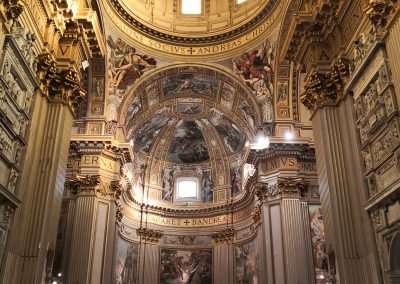
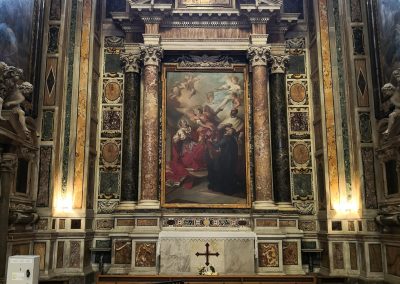
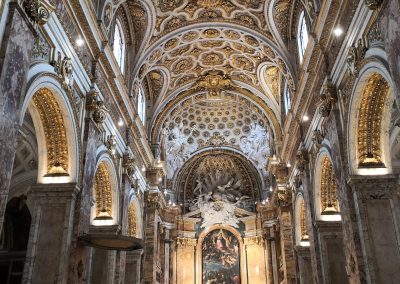
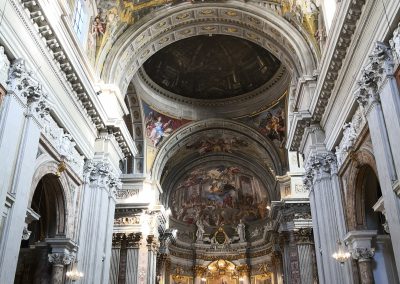

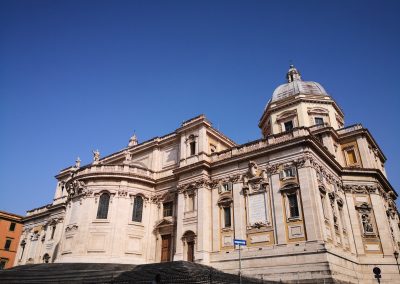
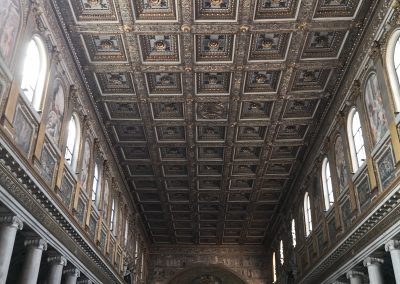

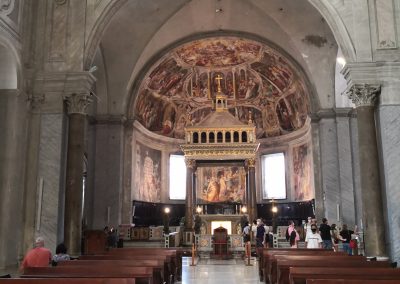

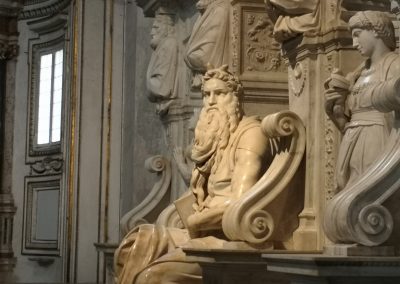

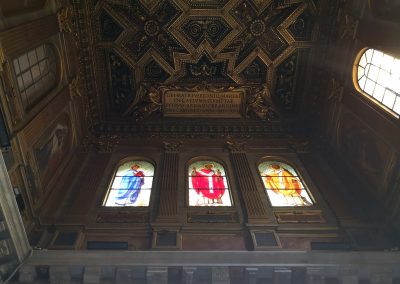
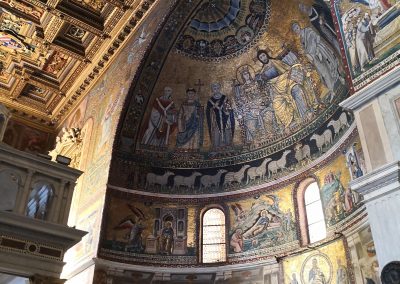

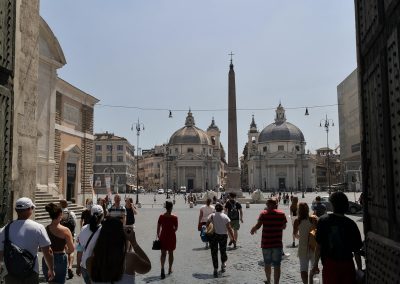
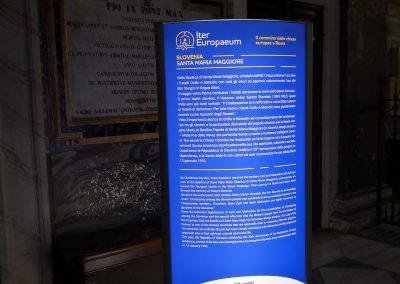
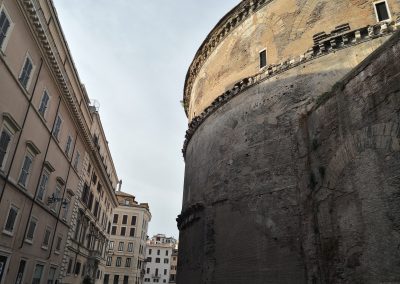
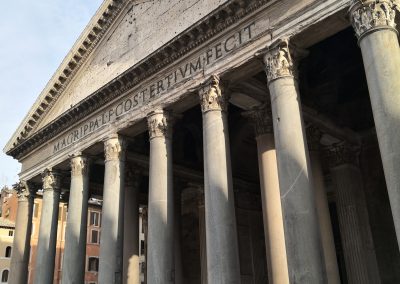
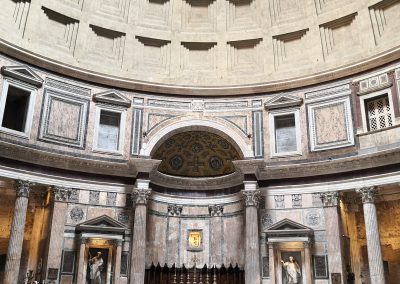

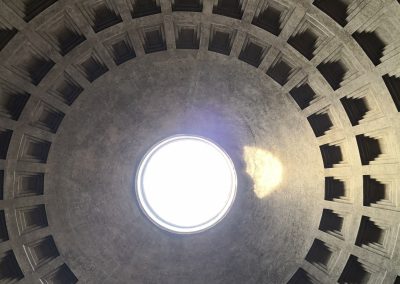
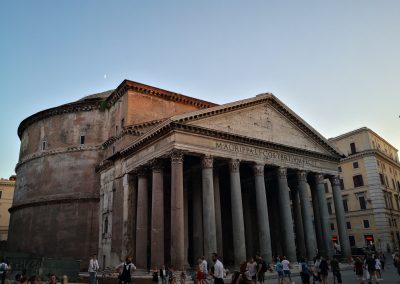


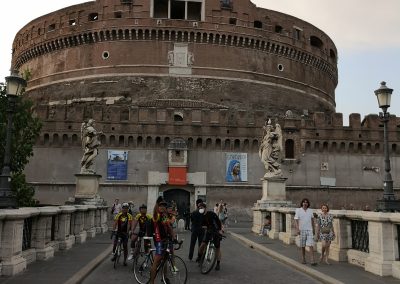
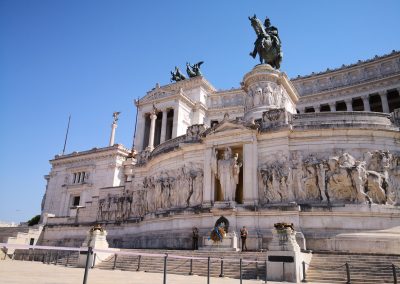
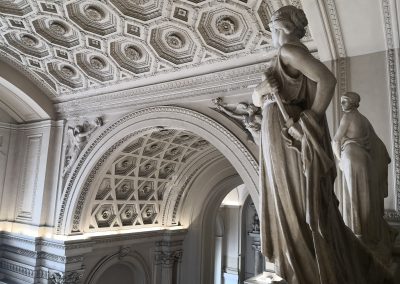
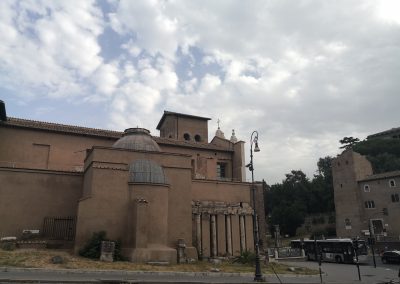


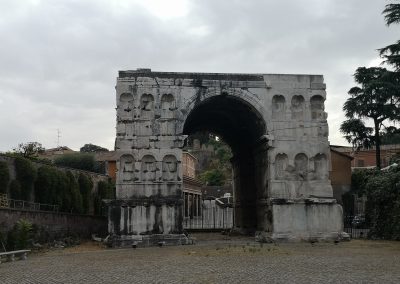


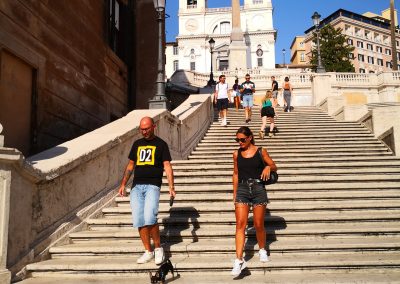
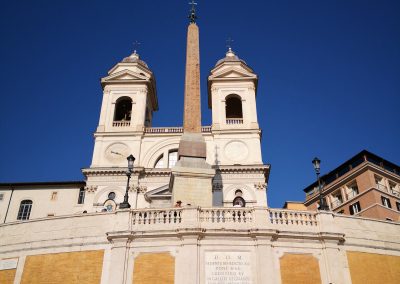
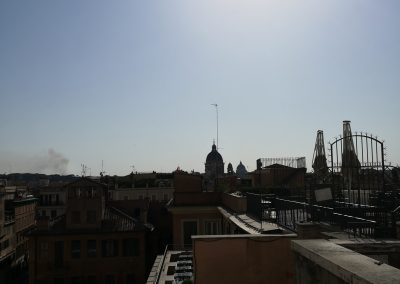
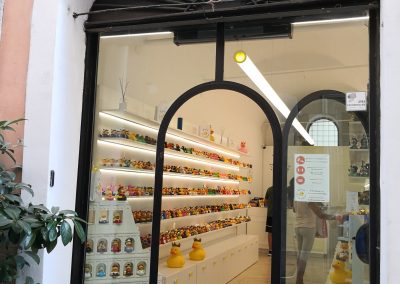
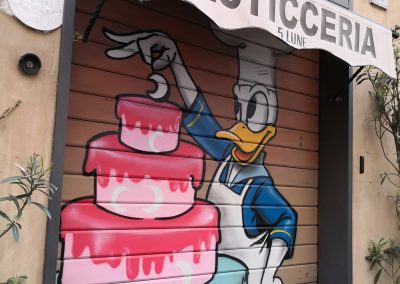



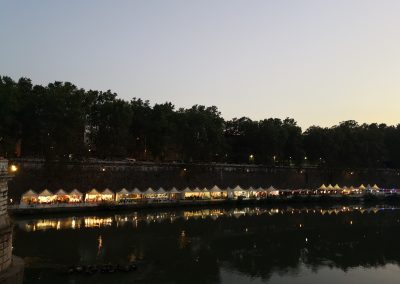
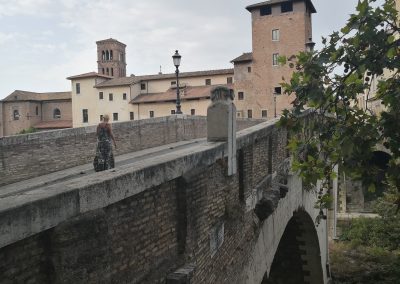
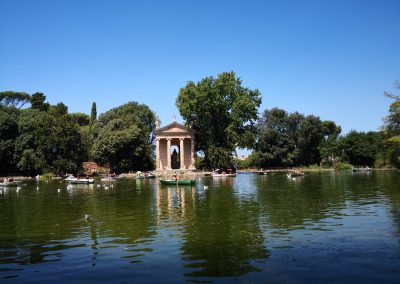

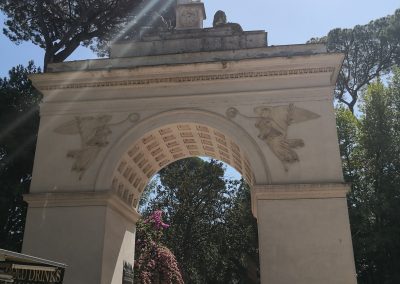

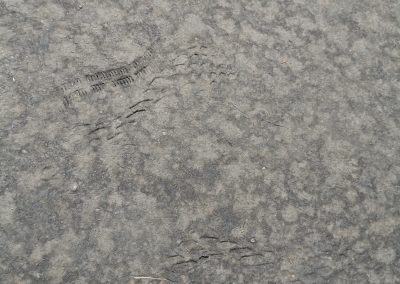
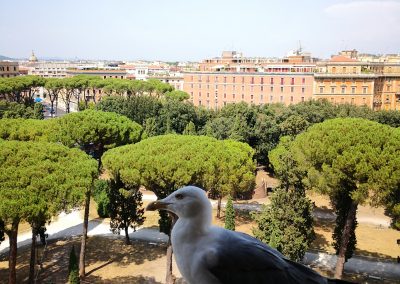

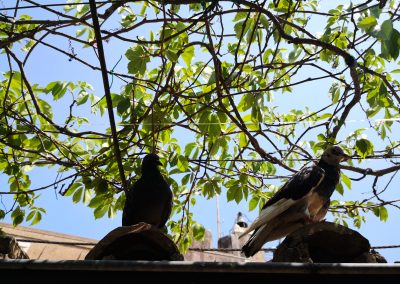
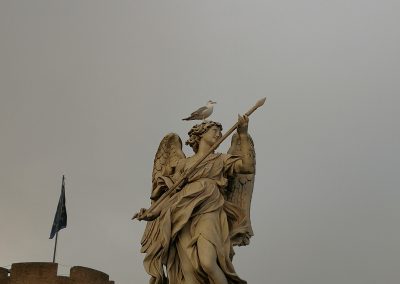


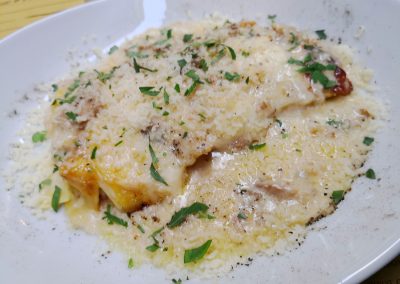

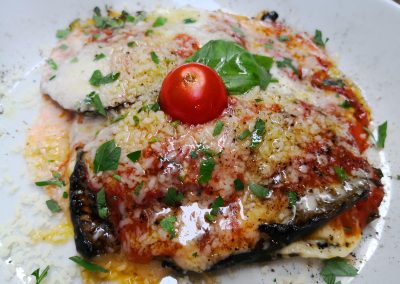
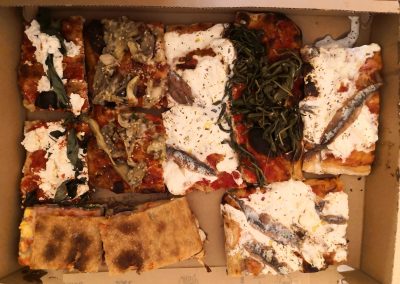

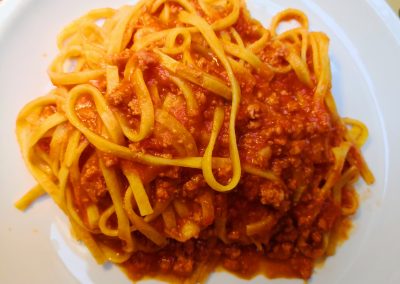
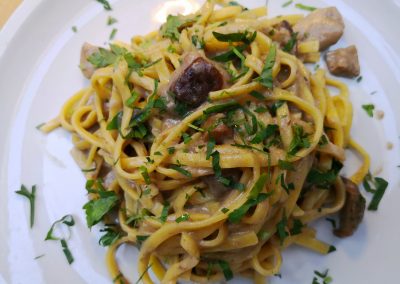

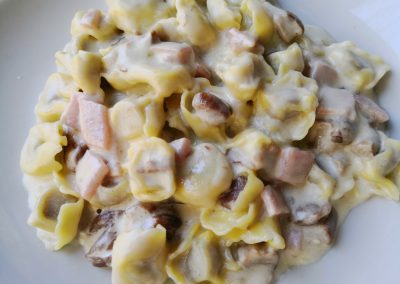
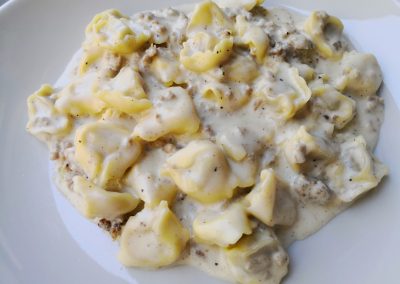

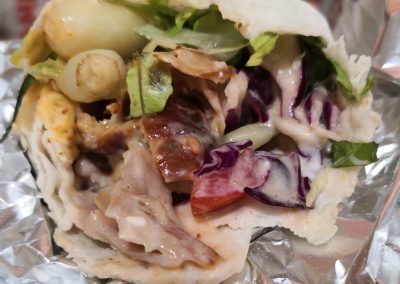
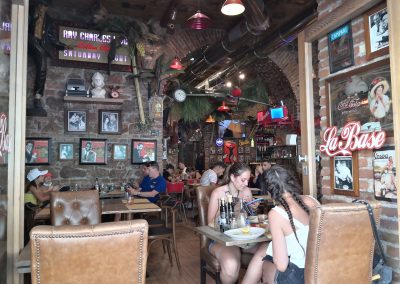
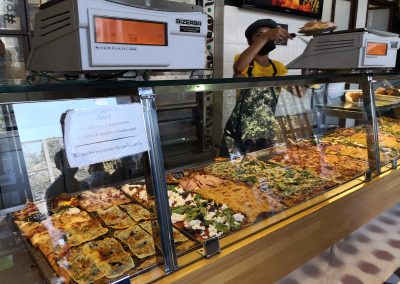
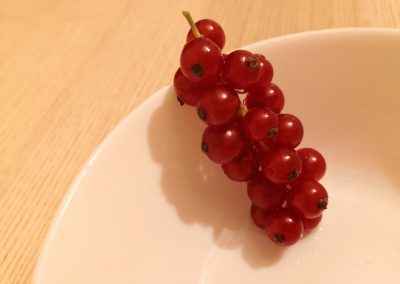
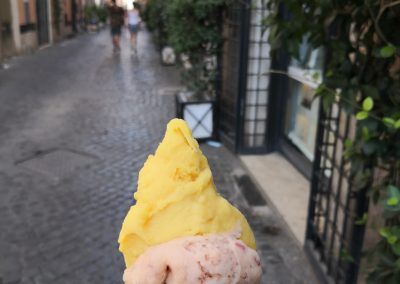

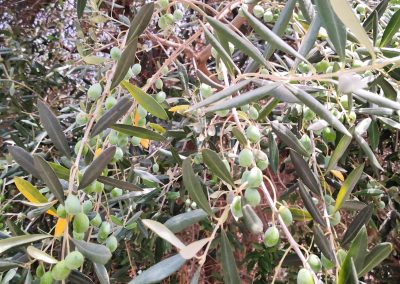

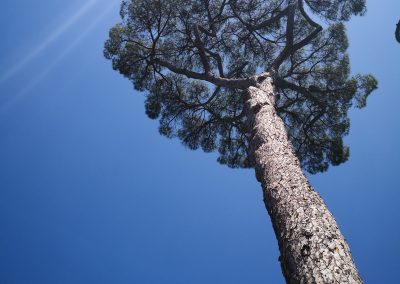
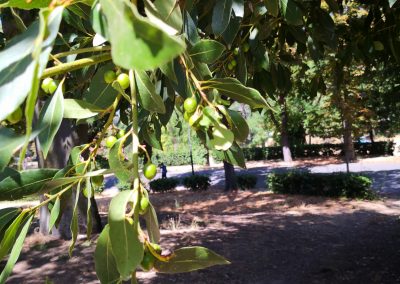
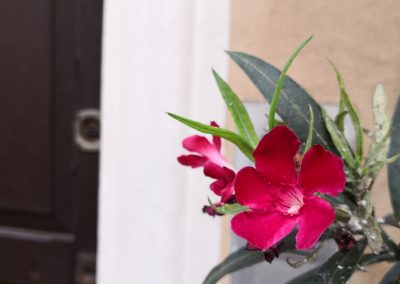


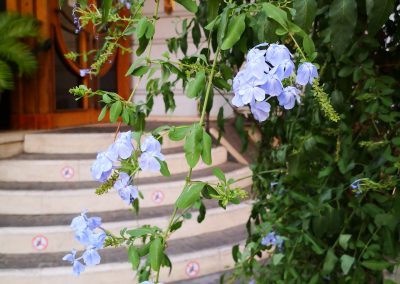
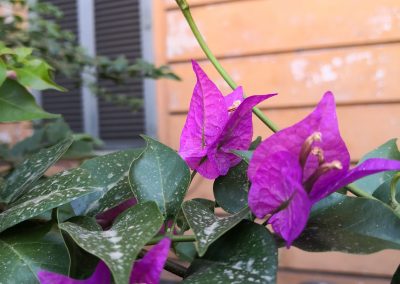

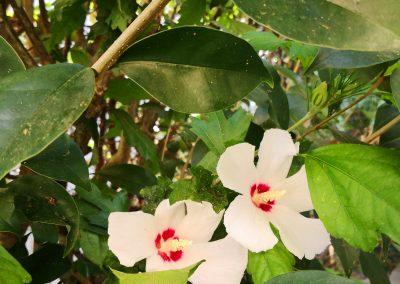
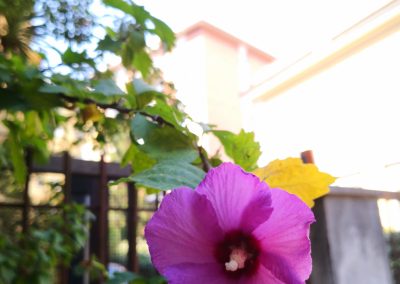
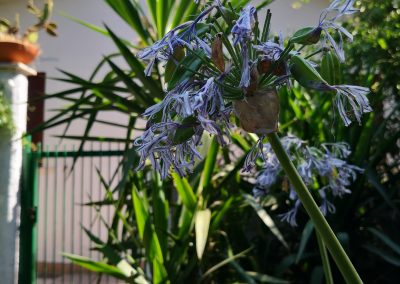
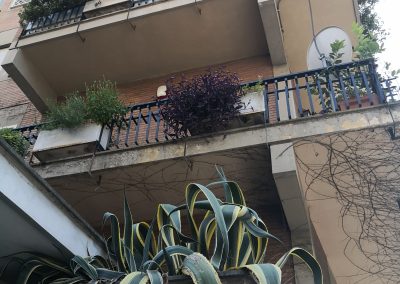
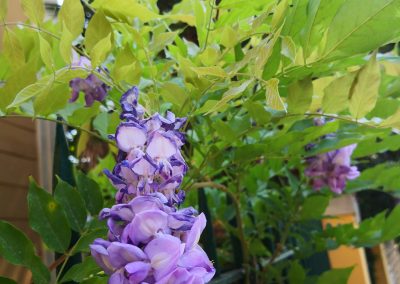
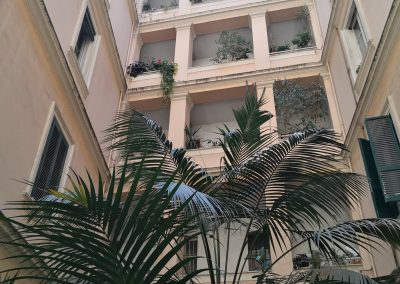


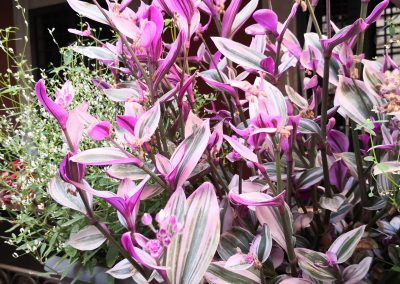
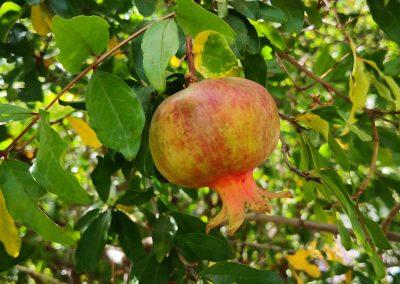

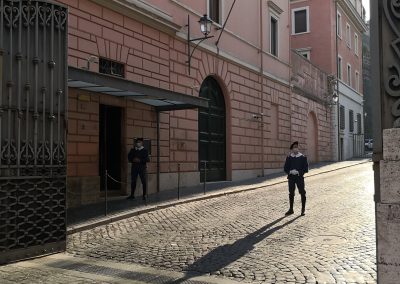
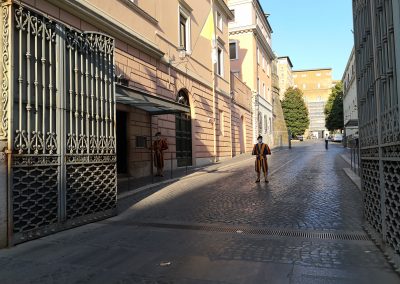
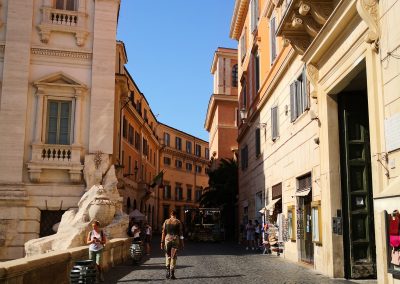
Recent Comments